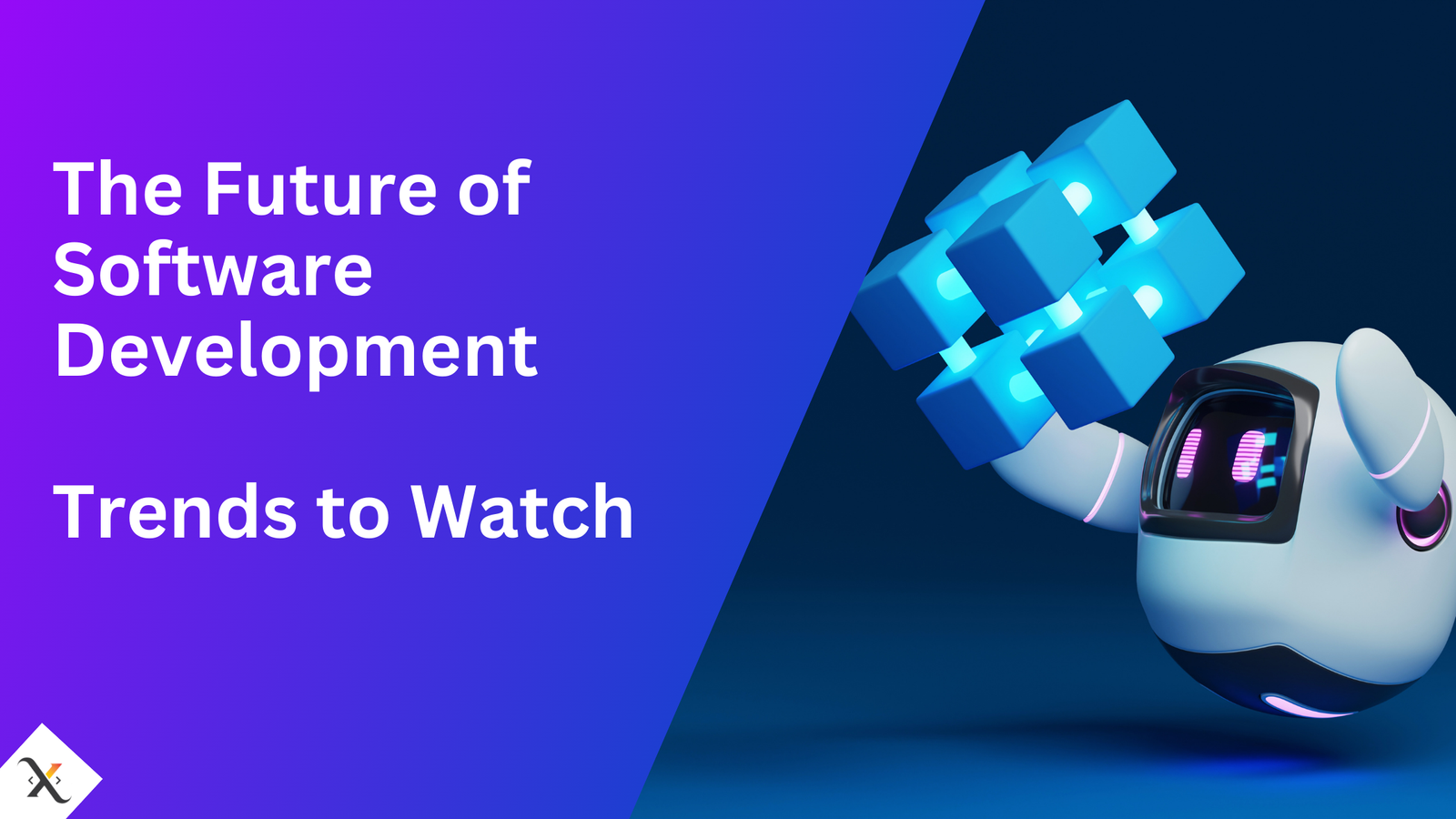Artificial Intelligence (AI) is rapidly transforming the software landscape. As we move further into 2024, AI-driven software is setting new standards for innovation, efficiency, and user experience. Here are the key trends to watch in the future of AI-driven software. The Future of AI-Driven Software.
AI-Powered Automation: Reducing Manual Work
Automation is one of the most significant trends in AI-driven software. AI is enabling businesses to automate repetitive tasks, freeing up time for more strategic work.
Intelligent Process Automation
AI is enhancing traditional automation through intelligent process automation (IPA). IPA combines AI with automation to handle more complex tasks that require decision-making. For instance, AI can now manage customer service inquiries, process invoices, and even predict equipment failures.
Hyperautomation
Hyperautomation is another emerging trend where multiple AI-driven tools work together. This approach aims to automate as many processes as possible, creating a seamless, efficient workflow. Hyperautomation is particularly valuable in industries like manufacturing, finance, and healthcare, where efficiency is paramount.
AI in Software Development: Smarter Tools for Coders
AI is revolutionizing software development by providing tools that assist coders and automate parts of the development process.
AI-Powered Code Generation
AI-driven code generation tools like GitHub Copilot are making waves in the software development community. These tools suggest code snippets as developers type, reducing the time spent on writing boilerplate code. Additionally, they help identify and fix errors in real-time, improving code quality.
Automated Testing and Debugging
AI is also transforming software testing and debugging. AI-driven testing tools can automatically generate and execute test cases, identify bugs, and even suggest fixes. This not only speeds up the development process but also ensures more reliable software.
AI-Enhanced User Experience: Personalization at Scale
AI is pushing the boundaries of user experience (UX) by enabling highly personalized interactions. This trend is particularly evident in consumer-facing software.
Predictive Personalization
AI-driven software is becoming increasingly adept at predictive personalization. By analyzing user behavior, AI can anticipate user needs and offer personalized recommendations. For example, streaming services like Netflix and Spotify use AI to suggest content based on past preferences, enhancing the user experience.
Natural Language Processing (NLP)
NLP is another AI-driven technology reshaping UX. AI-powered chatbots and virtual assistants are becoming more sophisticated, providing users with more natural and intuitive interactions. These tools are now capable of understanding context, tone, and even complex queries, making them invaluable for customer service and support.
AI and Data Analytics: Unlocking Insights
AI is transforming data analytics by enabling businesses to derive actionable insights from vast amounts of data. This trend is driving innovation in AI-driven software across various industries.
AI-Driven Predictive Analytics
Predictive analytics is one of the most impactful applications of AI in data analysis. AI algorithms can analyze historical data to predict future trends, helping businesses make informed decisions. This is particularly valuable in sectors like finance, healthcare, and retail, where forecasting is crucial.
AI-Powered Business Intelligence
Business intelligence (BI) tools are also leveraging AI to provide deeper insights. AI-driven BI tools can analyze complex data sets in real-time, identifying patterns and trends that might be missed by traditional analysis methods. This allows businesses to respond more quickly to changes in the market or customer behavior.
Ethical AI: Addressing Bias and Fairness
As AI-driven software becomes more prevalent, ethical considerations are taking center stage. Ensuring that AI systems are fair, transparent, and free from bias is a critical trend in 2024.
Fairness in AI Algorithms
AI algorithms are only as good as the data they are trained on. In 2024, there is a growing focus on ensuring that AI systems are trained on diverse and representative data sets. This helps to minimize bias and ensures that AI-driven software delivers fair outcomes for all users.
Transparent AI
Transparency is another key aspect of ethical AI. Users and regulators are increasingly demanding that AI systems be explainable and accountable. In response, developers are working on AI models that can explain their decisions and actions, making AI-driven software more transparent and trustworthy.
Conclusion
The future of AI-driven software is bright, with trends like automation, personalization, and ethical AI leading the way. As AI continues to evolve, these trends will shape the software landscape, driving innovation and transforming the way we interact with technology. Businesses and developers alike should keep an eye on these trends to stay ahead in 2024 and beyond.
